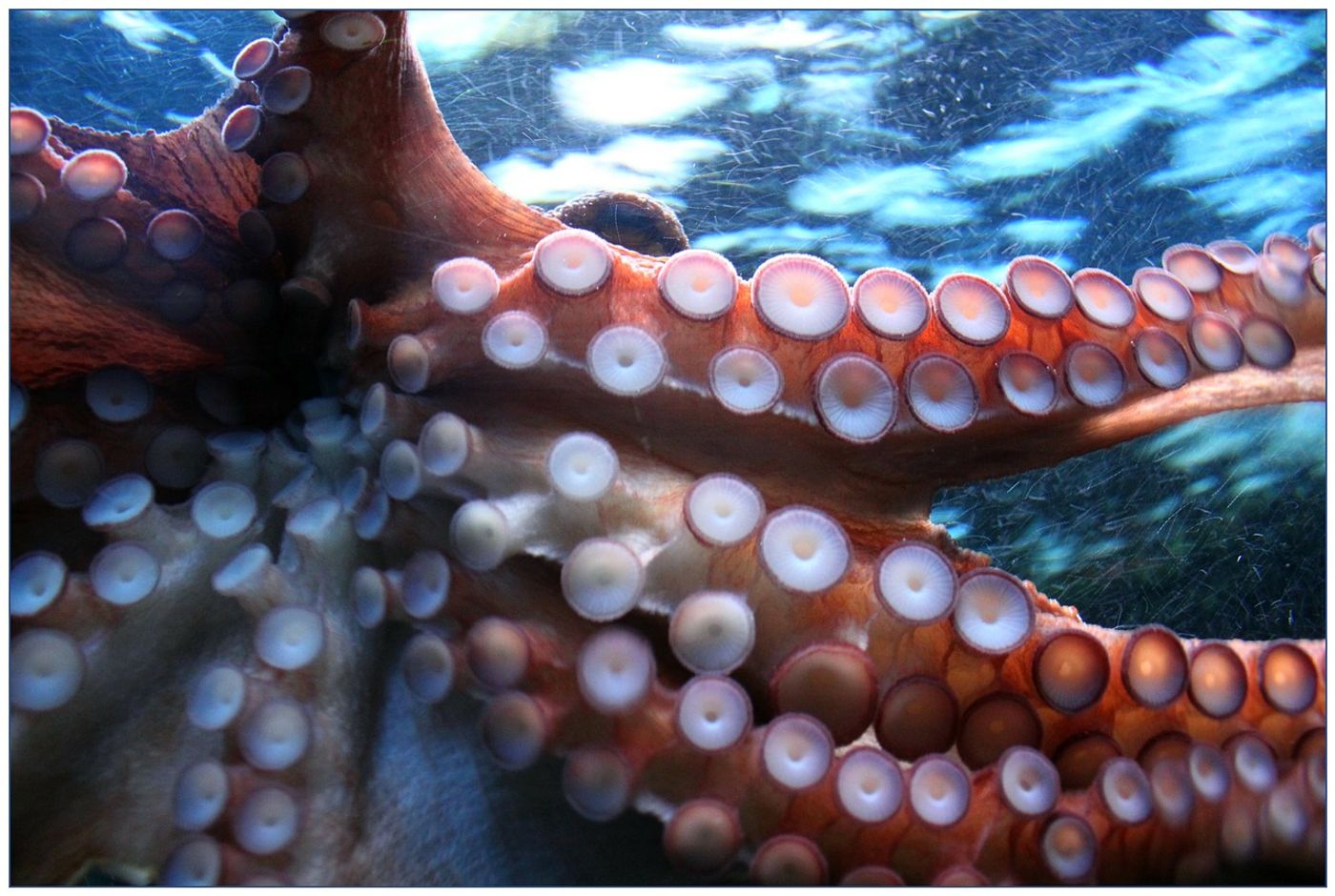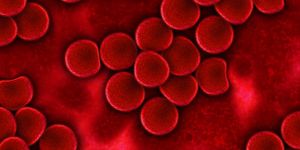The Key to Unlocking Next Generation Wearable Biosensors Is Under the Sea
Wearable biosensors are the latest trend in health and diagnostic technologies — keeping track of everything from our daily steps to highs and lows in insulin levels. As health sensors evolve to become increasingly sensitive and functional, they have to overcome one fundamental sticky problem: staying put.
Designing wearable devices that withstand the rigors of daily life has challenged scientists for decades. Patches need to be comfortable, discreet, and not get in the way of daily activities. On top of that, they must adhere securely to both wet and dry skin and not stick so aggressively that they are painful to remove.
Inspired by suction cups on octopus tentacles, a team of South Korean researchers has made a breakthrough with a graphene-based adhesive biosensor. Led by scientists Changhyun Pang and Changsoon Choi, their report in ACS Applied Materials & Interfaces describes a cost-effective, water-resistant, stretchable material that can pick up a variety of biological outputs — heart rates, speech patterns, and wrist motion among others.
When it comes to powerfully sticking to objects underwater, octopus suckers are unbeatable. The adult Pacific octopus has around 300 suckers per tentacle, which can hold at least 35 pounds in weight. On top of that, suckers can smell, taste and are flexible enough to make delicate pinching movements.
The design of the newly-developed biosensor was heavily inspired by the superpowers of cephalopod suckers. The base of the material, made of elastic polyurethane and polyester, is flexible enough for comfortable daily use. To give it sensory properties, the fabric incorporates highly conductive materials including graphene oxide. Finally, after fabrication, tiny "suckers" are etched on their adhesive surface to help them stick to skin.
The team, based at South Korea’s Daegu Gyeongbuk Institute of Science and Technology (DGIST), is optimistic that their innovation can be applied not only to personal health monitoring but also for diagnostic medical applications both inside and outside the body.
Source: EurekAlert, ACS Applied Materials & Interfaces.









